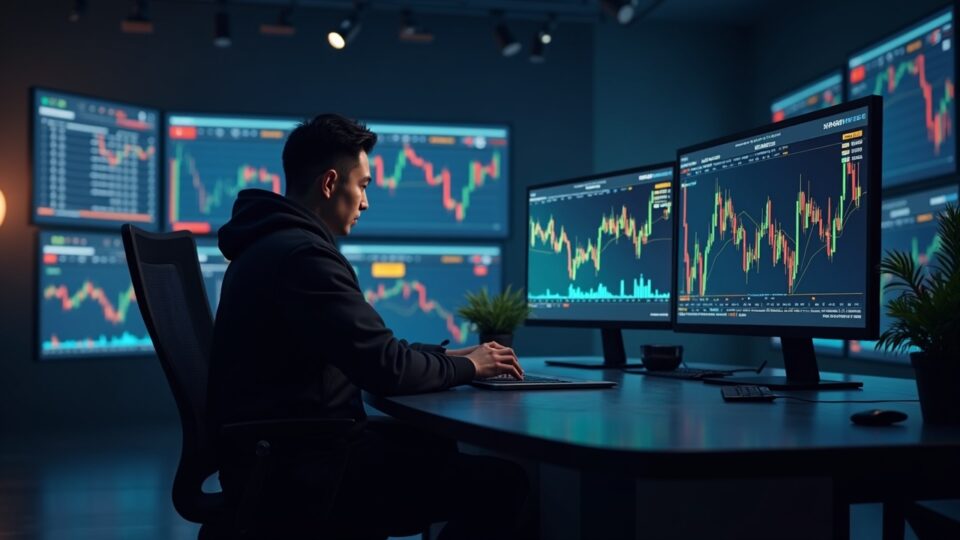On October 10, 2025, President Donald Trump said the planned 100% tariff on Chinese goods “won’t stand,” triggering an immediate rebound in crypto after a brutal sell-off. Anyone holding coins on borrowed money—from small traders to big funds—felt the whiplash, showing that trade-war headlines can move digital assets as fast as they move soybeans.
The panic after the first tariff threat sent Bitcoin from above $121,000 down to $104,782, an 8.4% drop, while about $1 trillion in paper value vanished in a day. Exchanges closed leveraged bets worth roughly $19 billion, and some smaller coins lost as much as 40%.
When Trump took the threat back, Bitcoin leapt to around $115,700 and Ethereum climbed back above $4,250, a swift snapback that mirrored moves in traditional markets. Stock indexes swung wider, and Mercedes-Benz pulled its yearly forecast, underscoring how trade talk, stocks, and coins now move in the same rhythm. Rumors spread that one unknown trader shorted the market thirty minutes before the first tariff tweet and walked away with millions, reviving worries about leaks and fair play.
Impact on crypto markets
“Won’t stand,” said President Trump about the tariffs, and some analysts now call Bitcoin a “high-beta macro asset” that jumps on global headlines.
Periods of rapid price movement are exposing major liquidity and execution risks in the market. When order books are thin, trades often fail to execute at expected prices, resulting in significant slippage. This becomes especially problematic during price surges, where even small trades can land far from the intended entry or exit point, frustrating both retail and institutional participants.
Regulators are also paying closer attention, especially when sudden gains raise suspicions of front-running or undisclosed trading activity. Perfectly timed trades and unexplained wealth have pushed compliance teams and watchdogs to intensify their oversight.
Meanwhile, the macro environment increasingly influences crypto markets — coins now often move in tandem with geopolitical events, energy price shocks, and central bank announcements, further entangling digital assets with global financial trends.
A single political sentence can still jolt crypto markets. The next sparks will be fresh White House words or fresh jobs-and-inflation numbers that restart the volatility engine.

